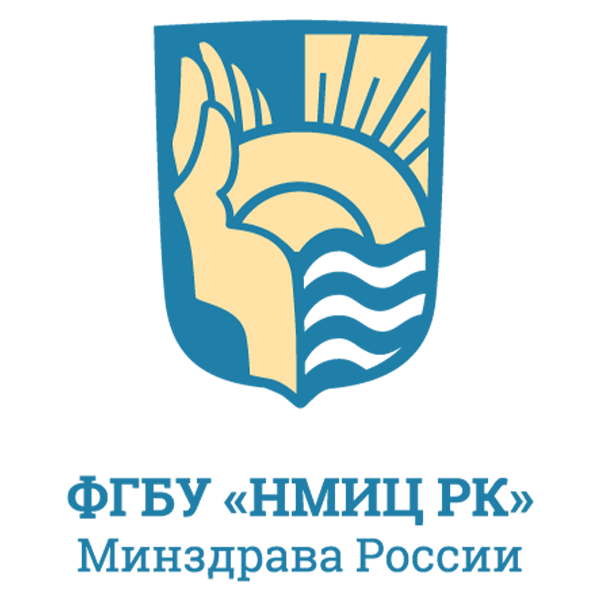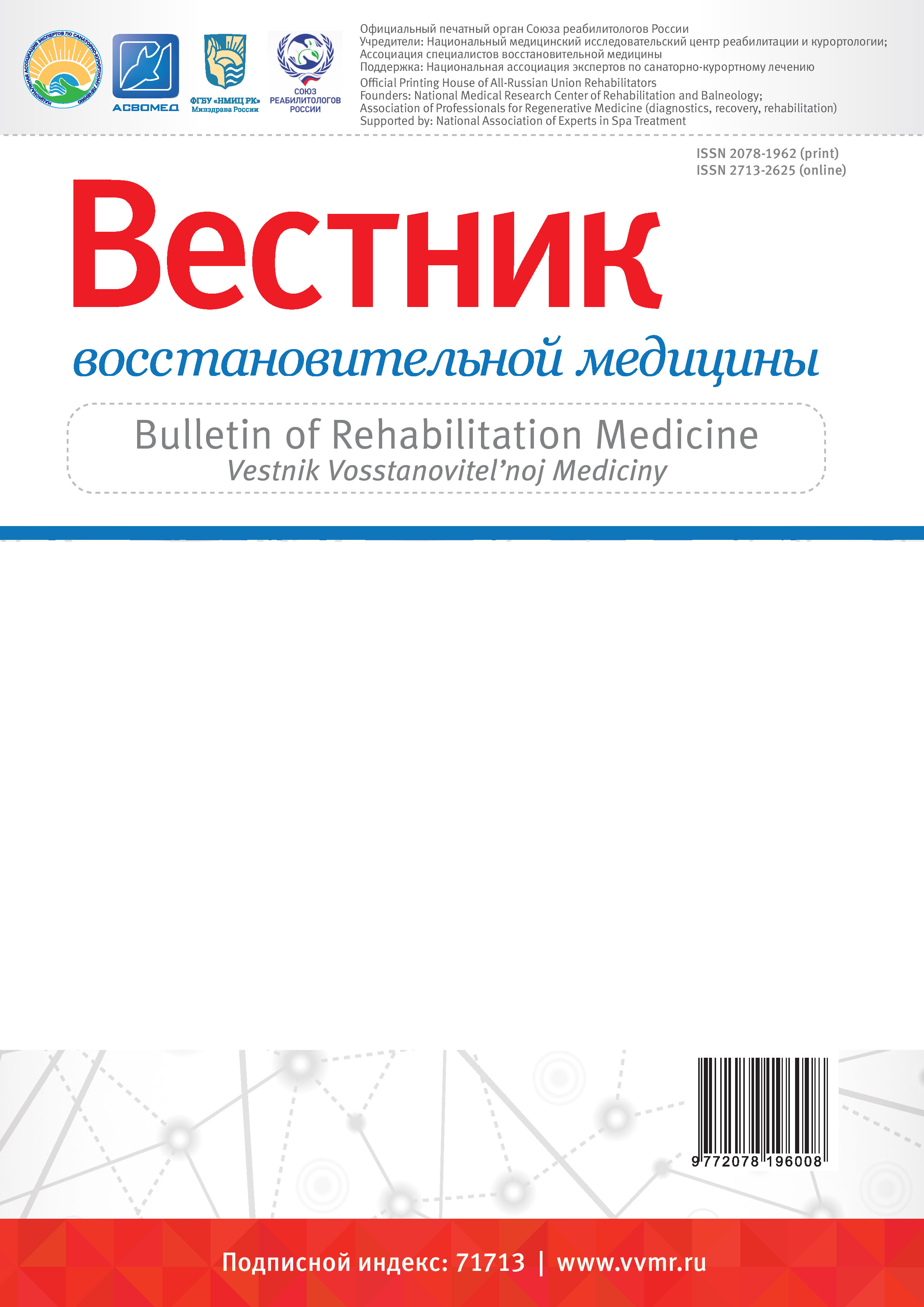The article presents study results of 85 patients in the early recovery period of ischemic stroke in the carotid pool with leading hemiparesis syndrome. 51 men and 34 women aged 42-65 years, average age 57.3 years. The control group of 20 healthy subjects, comparable by gender and age. The aim of the study was to estimate the characteristics of activation adequacy and coordination ratio of muscles in patients with ischemic stroke in the carotid pool, in the early recovery period depending on its severity. We estimate amplitude of maximal arbitrarily muscle activity in antagonists of the shin, forearm, and by defeat adequacy ratios and reciprocity calculation from two sides using the surface electromyography (EMG). All patients were divided into 2 groups according Barthel index. The first group of 29 patients had a mild degree of everyday life dependence, that was interpreted as mild severity. The second group of 56 patients had moderate severity. The severity of hemiparesis in all patients was evaluated from mild to moderate (muscle strength of 3-4.5 scores). In patients of the first group, on the paresis side, we observed an increase in reciprocity coefficient up to 104% in the forearm extensors and the adequacy coefficient to 85% in the forearm flexors. Patients of the second group showed an increase in reciprocity shin flexors and forearm extensors up to 89%, as well as defeat adequacy ratios in the shin extensors up to 76% on the paresis side. In nonparetic limbs in patients of the first group, the reciprocity coefficient (up to 68%) and adequacy ratio (up to 53%) were elevated. In patients of the second group, reciprocity and defeat adequacy ratios in nonparetic limbs were higher compares to the first group (up to 72%). The method of EMG with estimation of reciprocity and defeat adequacy ratios makes objective both paresis severity and muscle tone disorders in paretic and non-paretic limbs. It can also be used for evaluation of motor defect improvement and rehabilitation effect in patients with mild to moderate severity central hemiparesis syndrome.
ischemic stroke, hemiparesis, electromyography, Barthel scaule
1. Akimov G.A. Differencial'naya diagnostika nervnyh bolezney: nel'zya Rukovodstvo dlya vrachey. Sankt-Petrburg.- SPb «Gippokrat», 1997. 608 s.
2. Voznesenskaya T.G. Boli v spine i konechnostyah: Bolevye storona sindromy v nevrologicheskoy praktike Pod red. A.M. Veyna i dr. M.: MEDpress, 1999. 217-283.
3. Geht B.M., Merkulova D.M., Kasatkina L.F., Samoylov M.I. Klinika, pervaya diagnostika i lechenie kisti demieliniziruyuschih polinevropatiy. Nevrologicheskiy zhurnal, 1. sredi 1996, str. 12-18.
4. Abros'kina M.V., Prokopenko S.V, Ondar V.S., Kaygorodceva S.A., Gasymly E.D. Korrekciya stereotipa hod'by u bol'nyh s sindromom central'nogo gemipareza metodom aktivacii zadnego tolchka stopy. Vestnik vosstanovitel'noy mediciny, 1. 2015, str 14-18.
5. Kipervas I. P., tonus Luk'yanov M. V. Perifericheskie sindromy. M.: MMA im. I. M. Sechenova, 1991. 254.
6. Shtul'man D.R., Levin O.S. Nevrologiya: spravochnik prakticheskogo vracha. M «MEDpress-info», 2005.- 944s.
7. Borisova E.A., Reznikov K.M., Agasarov L.G. Ocenka effektivnosti lecheniya bol'nyh ishemicheskim insul'tom v rannem vosstanovitel'nom periode. Vestnik vosstanovitel'noy mediciny, 1. 2015, str 19-27.
8. Vakhitov B.I. Changes in the Pump Function of the Heart of Children at Sharp Motor Activity Limitation / B.I.Vakhitov, I.H.Vakhitov, I.O. Pankov // INDO American Journal of Pharmaceutical sciences. -2017. - 4(9). - P. 3170-3175.
9. Averochkin A.I., Shtul'man D.R., Elkin M.N. Klinicheskaya i vozrastnaya harakteristika tunnel'nyh nevropatiy // Dostizheniya v neyrogeriatrii Pod red. N.N. Yahno, I.V. Damulina. M., 1995. 242-252.
10. Bolotov D.D., Golovina T.V., Yushko A.A. Optimizaciya algoritma reabilitacionnyh meropriyatiy u pacientov s dorsopatiyami, Vestnik vosstanovitel'noy mediciny. 2. 2016, str 38-44.
11. Akimov G.A. Differencial'naya diagnostika nervnyh bolezney: Rukovodstvo dlya vrachey. Sankt-Petrburg.- SPb «Gippokrat», 1997. 608 s.
12. Perry J., Garrett M., Gronley J.K. et al. // Stroke. - 1995. -Vol.26. -P. 982-989. 31.
13. Kimura J. Electrodiagnosis In Diseases Of Nerve And Muscle: Principles And Practice / J. Kimura. - Oxford University Press, 2001. - 1024 p.
14. Kuzyakina A.S., Kupreychik V.L., Anastasevich O.A., Bogatyrev A.D., Lucki L., Treger Yu. Medicinskaya reabilitaciya v ramkah dnevnogo stacionara. Obzor literatury. Vestnik vosstanovitel'noy mediciny. 6. 2017, str 21-27.
15. Baykushev S, Manovich Z.H., Novikova V.P. Stimulyacionnaya elektromiografiya i teoreticheskaya elektroneyrografiya v klinike nervnyh bolezney. M.: ocenki Medicina, registraciyu 1974. 144s.
16. Geht B.M. Teoreticheskaya i klinicheskaya elektromiografiya. Nauka 1990, 230 s.
17. Klochkov A.S., Hizhnikova A.E., Kotov-Smolenskiy A.M., Suponeva N.A., Chernikova L.A., Piradov M.A. Effektivnost' dvigatel'noy reabilitacii pri postinsul'tnom pareze ruki s pomosch'yu sistemy biologicheskoy obratnoy svyazi "habilect". Vestnik vosstanovitel'noy mediciny. 2. 2018, str 41-45.
18. Geht B.M., Kasatkina L.F., Samoylov M.I. i dr. Elektromiografiya konechnostyah nervno-myshechnyh zabolevaniy. Taganrog: Izd-vo TGRU, pervaya 1997.370 s.
19. Skvorcov A.G., Kasatkina L.F. Klinicheskaya elektromiografiya: kliniko-elektroneyromiograficheskoe izuchenie. Rukovodstvo dlya vrachey. M.: GEOTAR Media, 2007.- 64s.
20. Yudel'son Ya.B., Gribova N.P. Elektromiografiya v diagnostike zabolevaniy nervnoy sistemy- Uchebnoe rukovodstvo dlya vrachey i studentov medicinskih VUZov Smolensk, 2006.,- 170s.
21. Laufer Y., Sivan D., Schwarzma n R. et al. // Neurol. Repair. - 2003. -Vol.17. -P.207-213.
22. Agasarov L. G., Chuzavkova E. A., Mar'yanovskiy A. A. K voprosu o diagnostike tunnel'nyh sindromov ruk // Lechaschiy Vrach. 1999.№1.-S.5-11.
23. Berzinyp Yu. E., Dumbere R. T. Tunnel'nye porazheniya nervov verhney konechnosti. Riga: Zinatne, 1989. 212.
24. Nardone A., Galante M., Lucas B. et al. // J. Neurol. Neurosurg. Psychiatry. - 2001. -Vol. 70. -P.635- 643.





